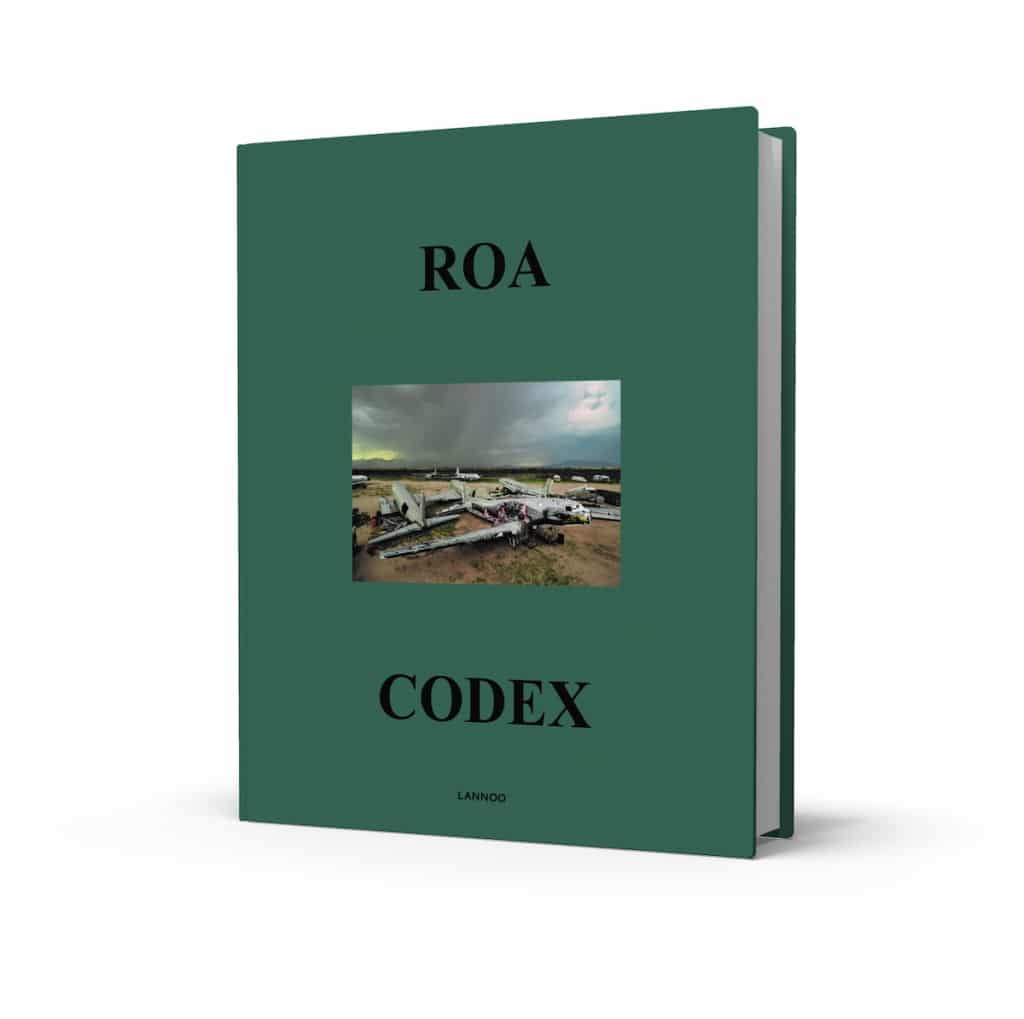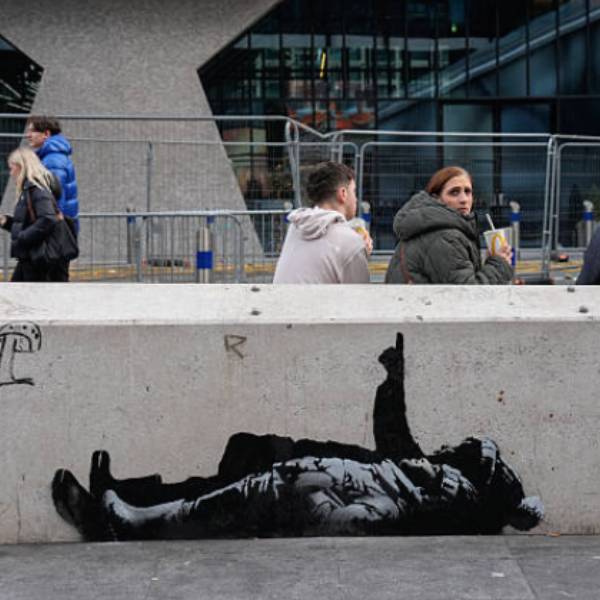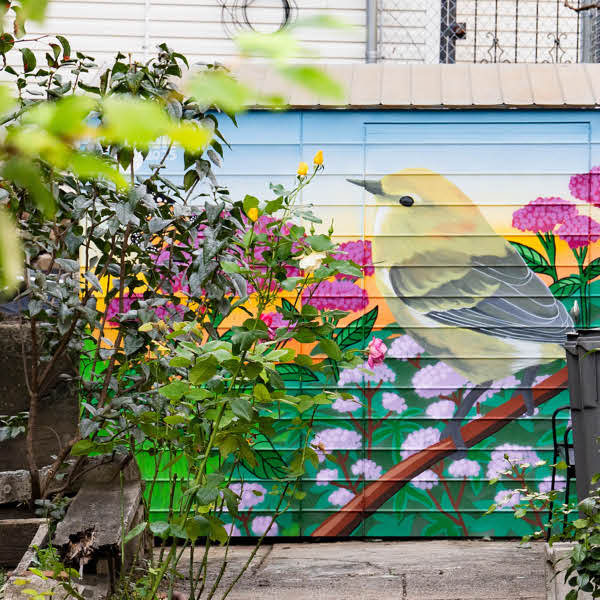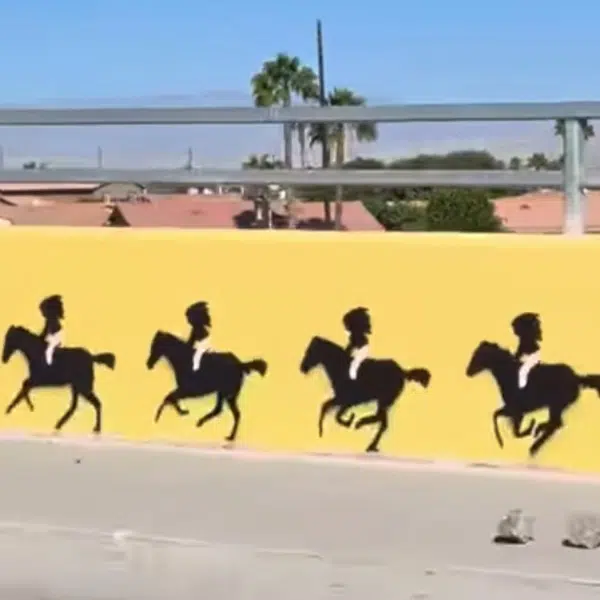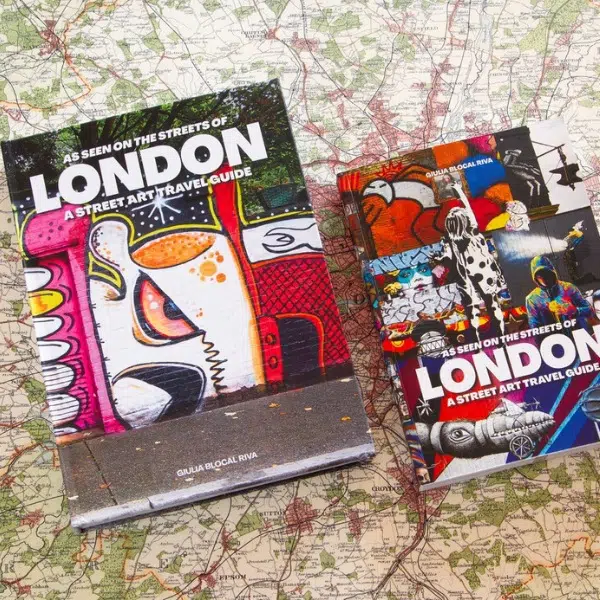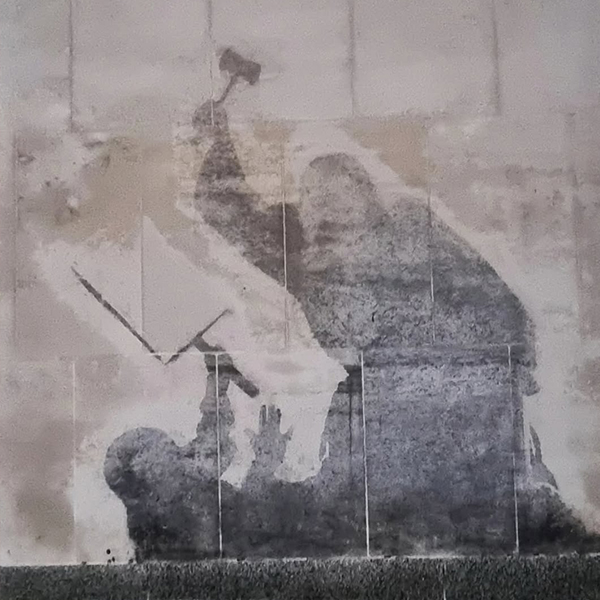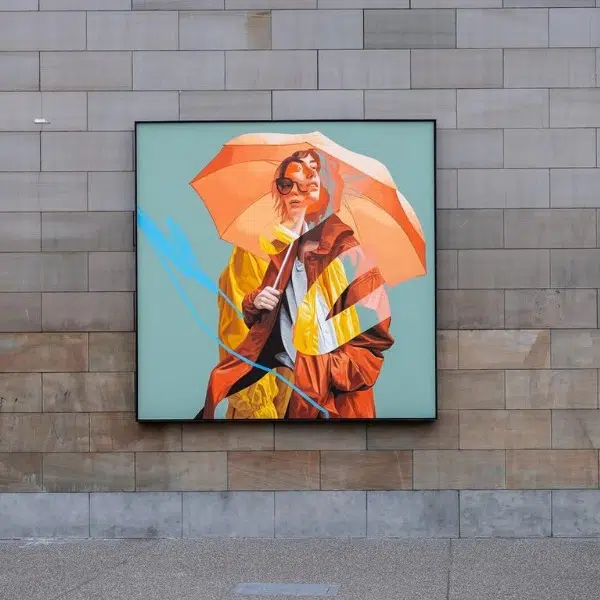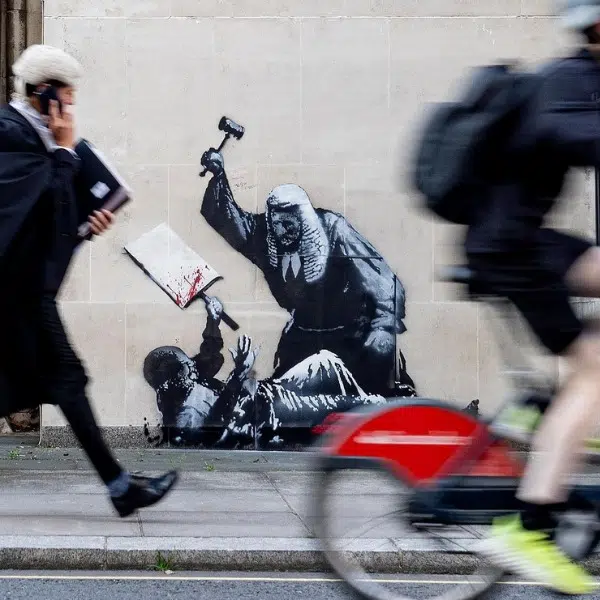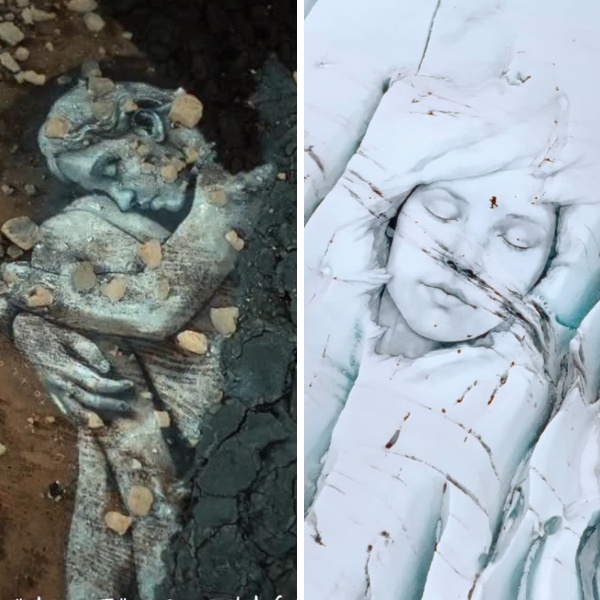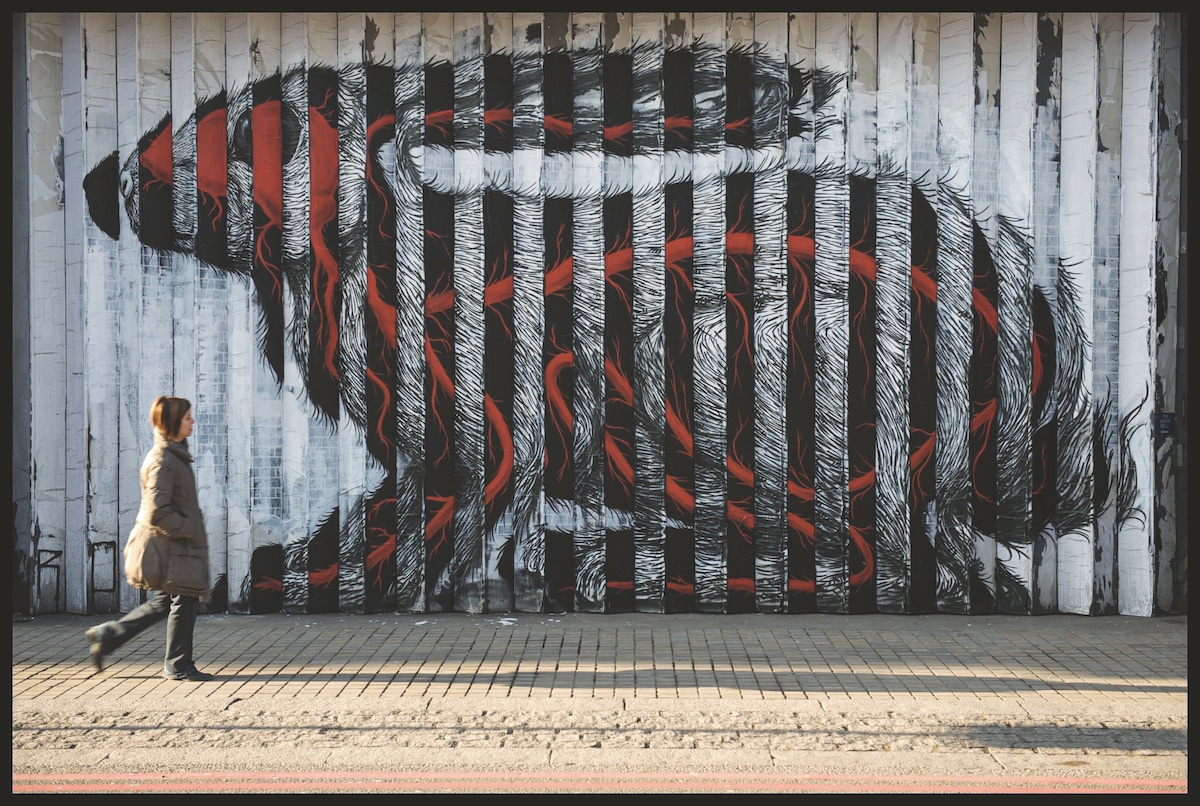
London, 2009 (Photo: Romany WG)
This post may contain affiliate links. If you make a purchase, My Modern Met may earn an affiliate commission. Please read our disclosure for more info.
For over a decade, Belgian street artist ROA has been painting his black and white murals of animals around the world. Moving from abandoned warehouses to giant building facades, his murals have made him one of the most sought after street artists in the world. Now, there's finally a book to document some of his most remarkable works. As the first book to present an overview of his work, CODEX looks at how ROA's art has spread internationally. Divided into four chapters, the book explores different parts of the world where ROA has worked and it shows his unique way of integrating art in public spaces.
While at first glance, one might dismiss ROA's work as simple paintings of animals, there's much more to be had when they're examined closely. His love for local fauna is immediately evident, as is his skill for allowing these animals to dialogue with their surroundings. Each piece perfectly integrates into the environment and ROA uses architectural elements as an opportunity rather than a hindrance.
“ROA treats each surface he paints like a space to investigate, play with, and fit his creatures into. The technical perfection of his painting belies an underlying resourcefulness with simple tools,” writes RJ Rushmore in the introduction. “The animals are matched to their location, with rats in New York City and elephants in Bangkok. There are dark and funny messages, the beauty of both life and death, universal metaphors, inside jokes, and occasional violence, but always in ways that honor the animals and the spaces where they are painted.”
One thing that becomes clear while flipping through the pages is ROA's insatiable need to create. From birds and bunnies to insects and rodents, the animals that fill the book spread across large facades and small niches. Whether shown fully or just via their skeletons, the animals are a clear expression of ROA's imagination. Impressively, in a time when street art has gone mainstream, ROA has continued to work without compromising his quality or his beliefs.
“Exploration of nature,” he says, “more specifically of the animal world, can lead to increased empathy. It teaches you something substantial about how one should live a good life.”
Belgian street artist ROA is known for his black and white depictions of animals.
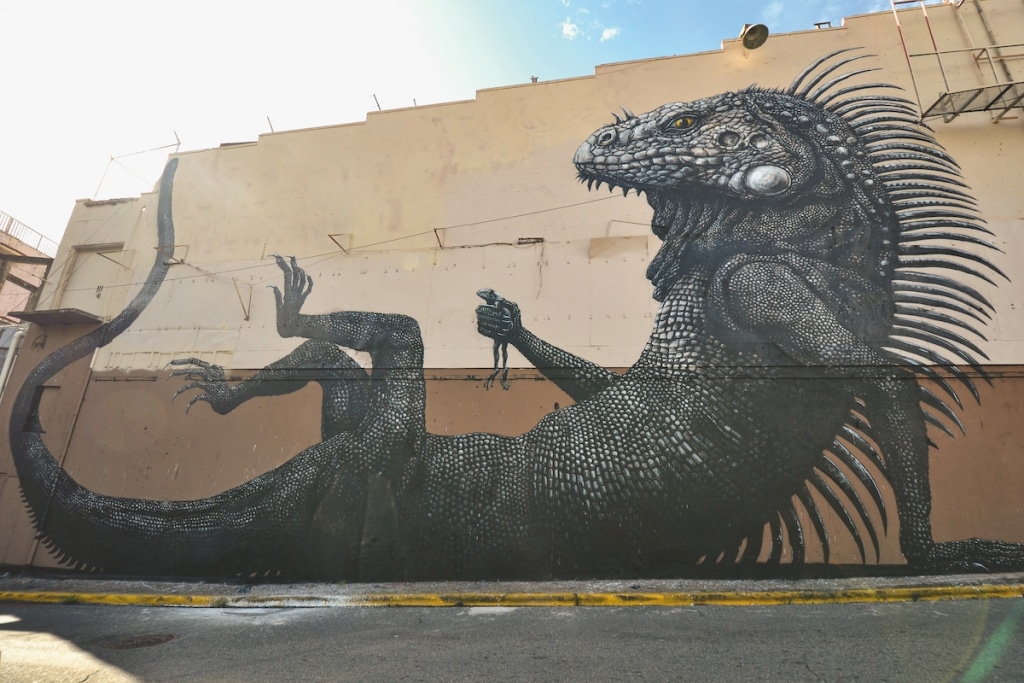
Puerto Rico, 2012.
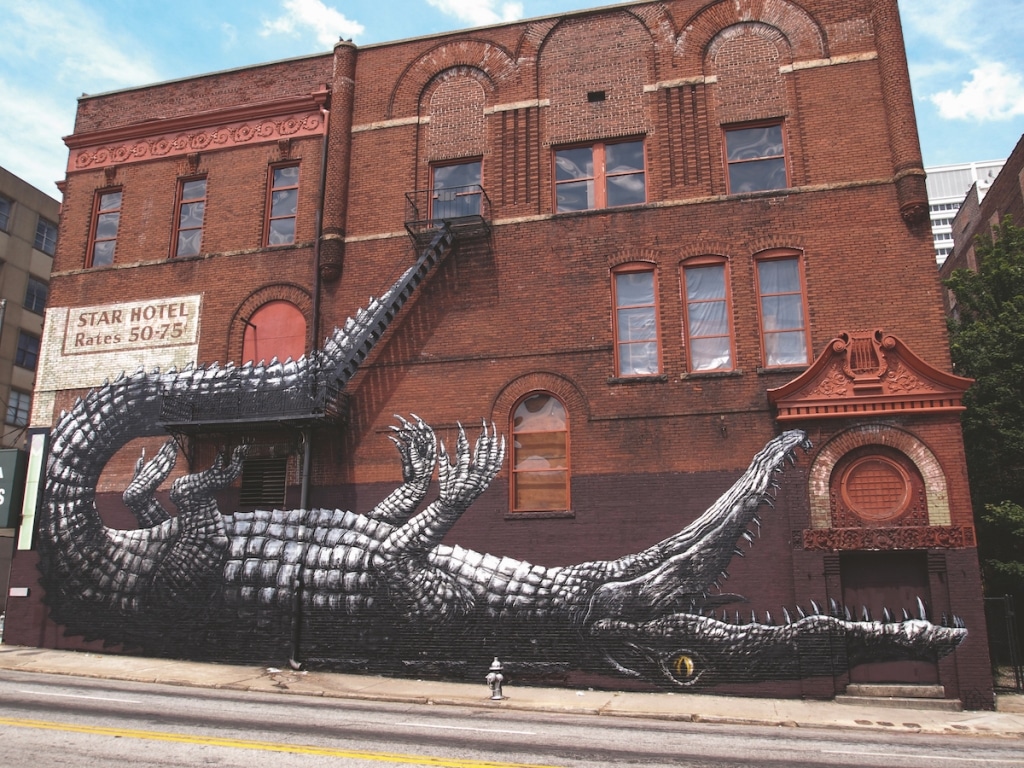
Atlanta, 2011.
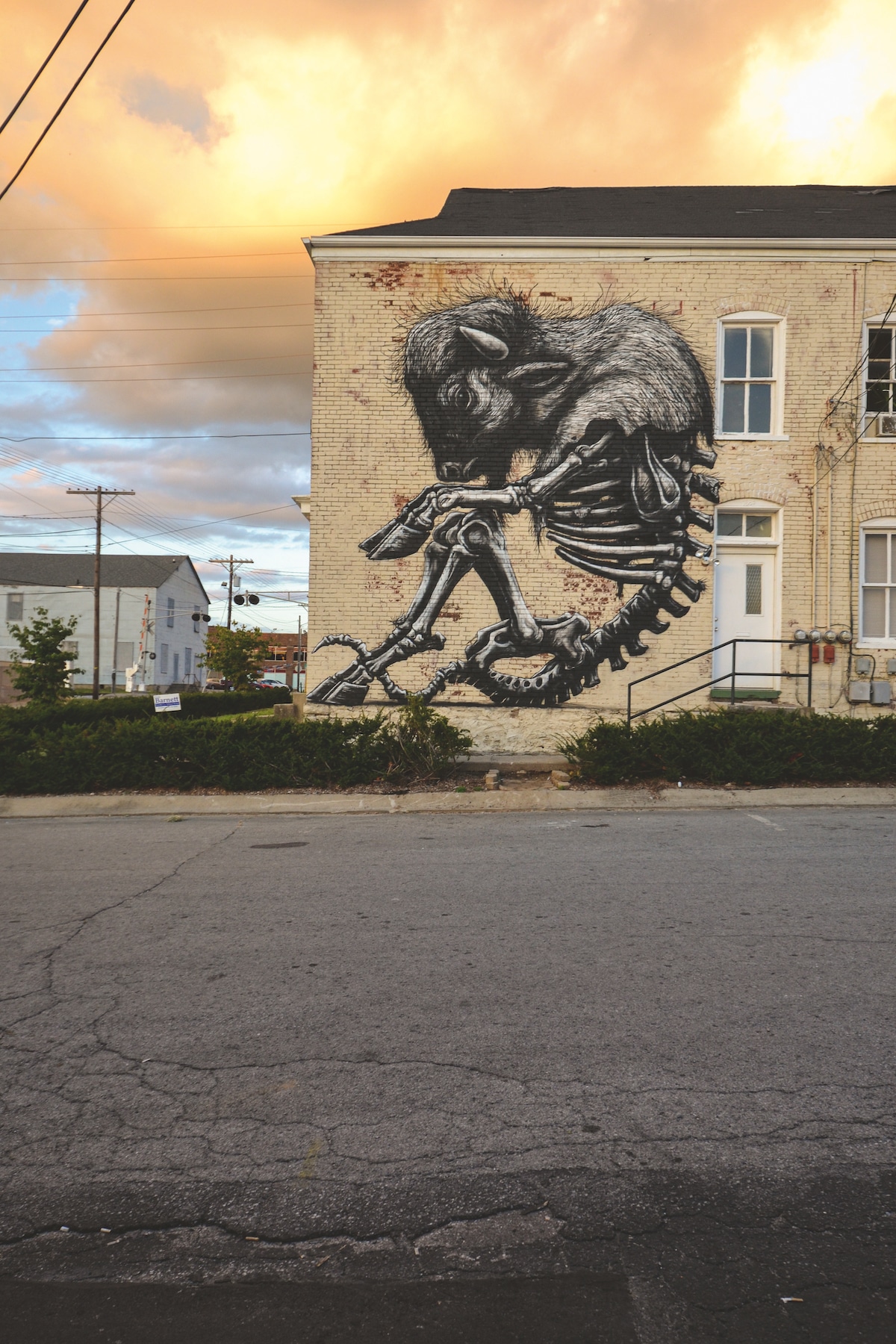
Lexington, 2014.
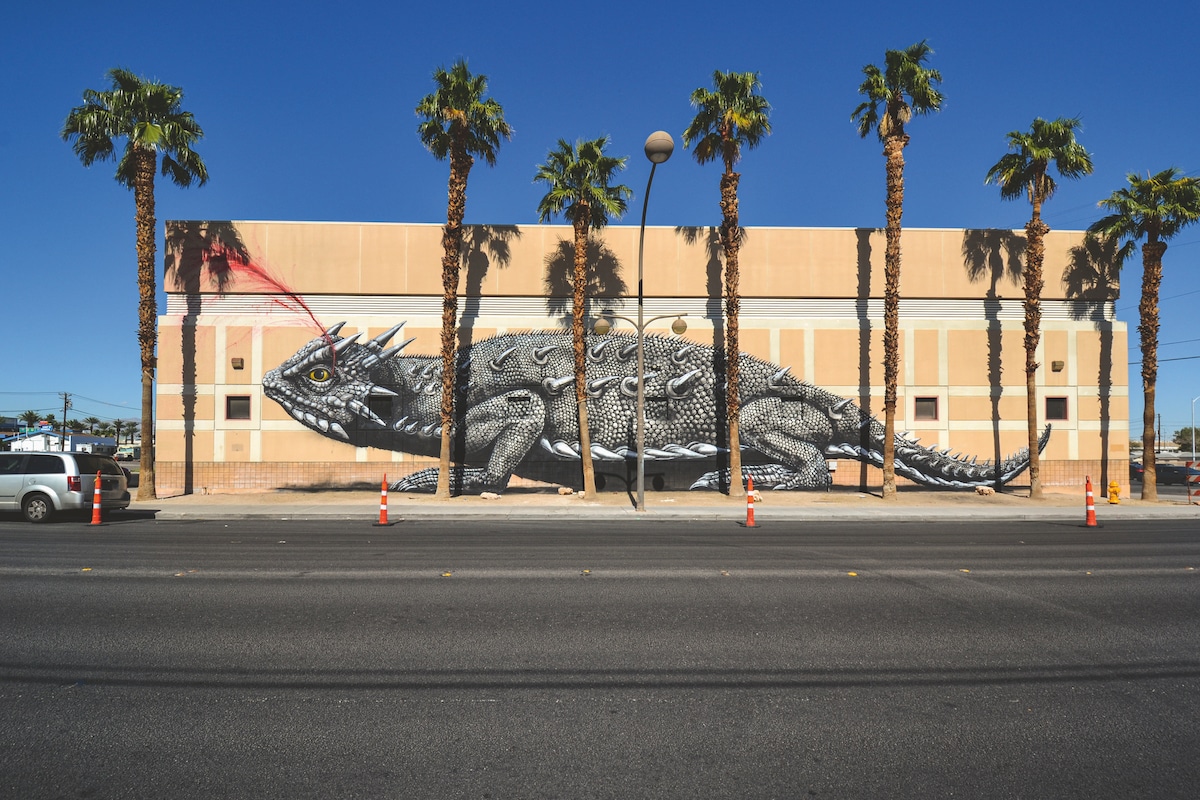
Las Vegas, 2014
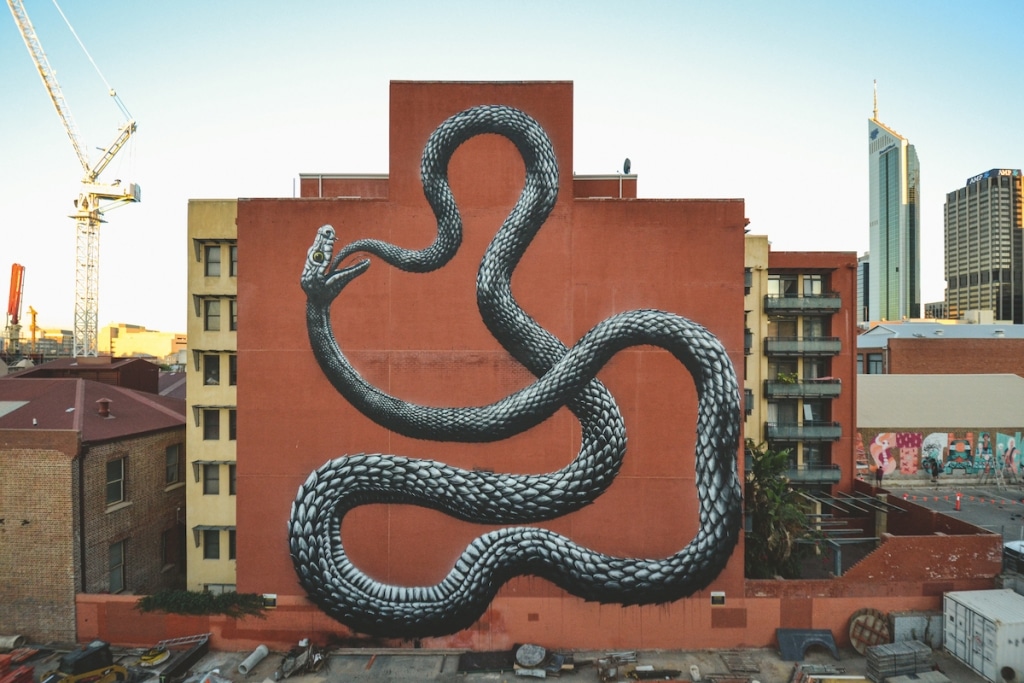
Perth, 2014.
His new book CODEX gives an overview of his murals around the world.
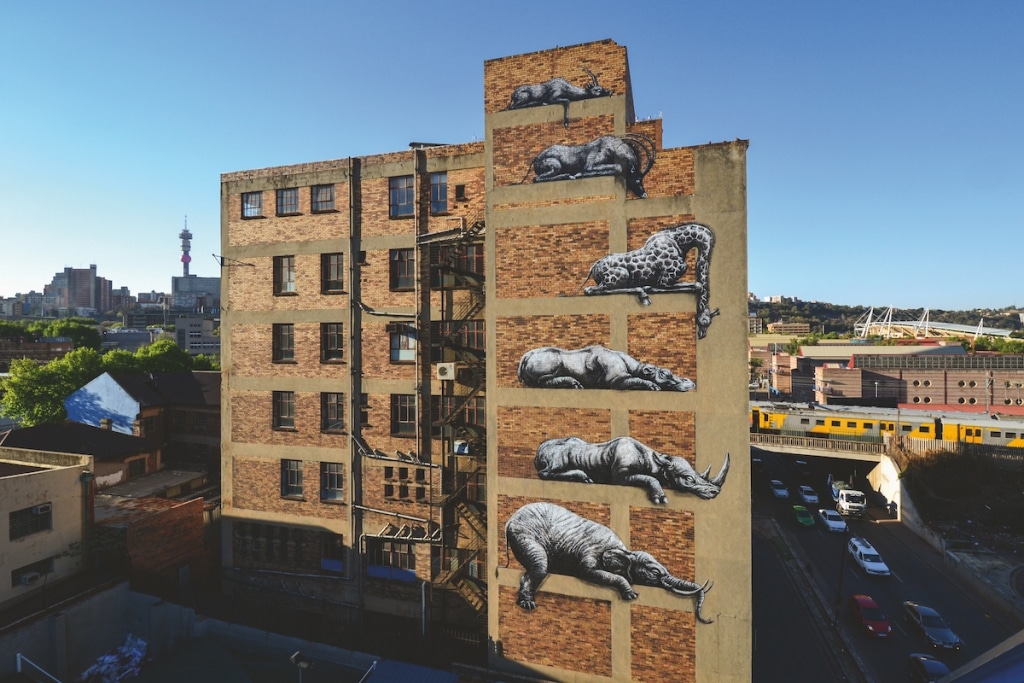
Johannesburg, 2012.
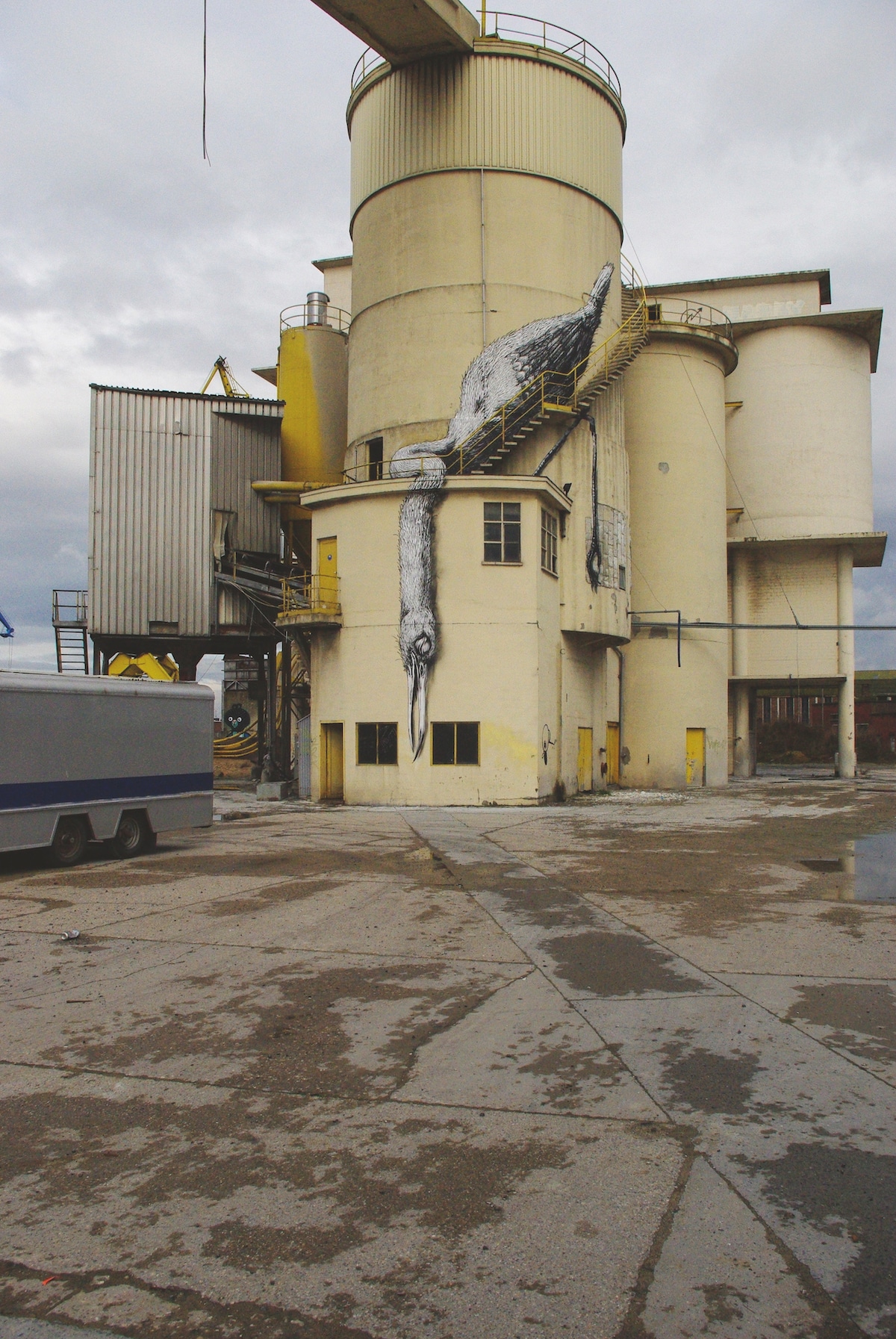
Ghent, 2010.
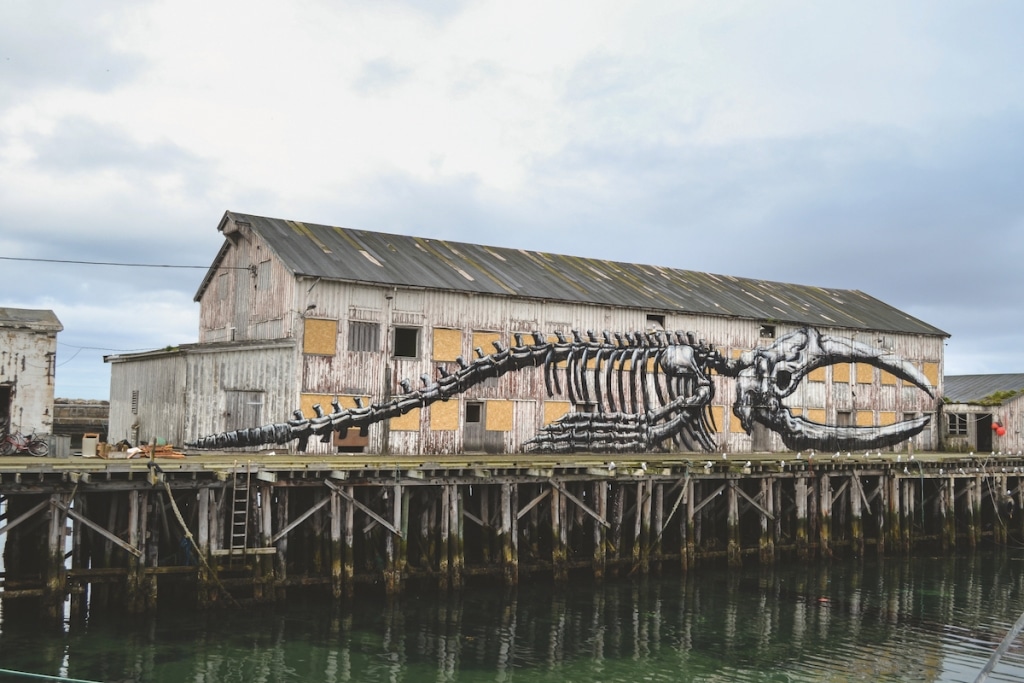
Vardo, 2012.
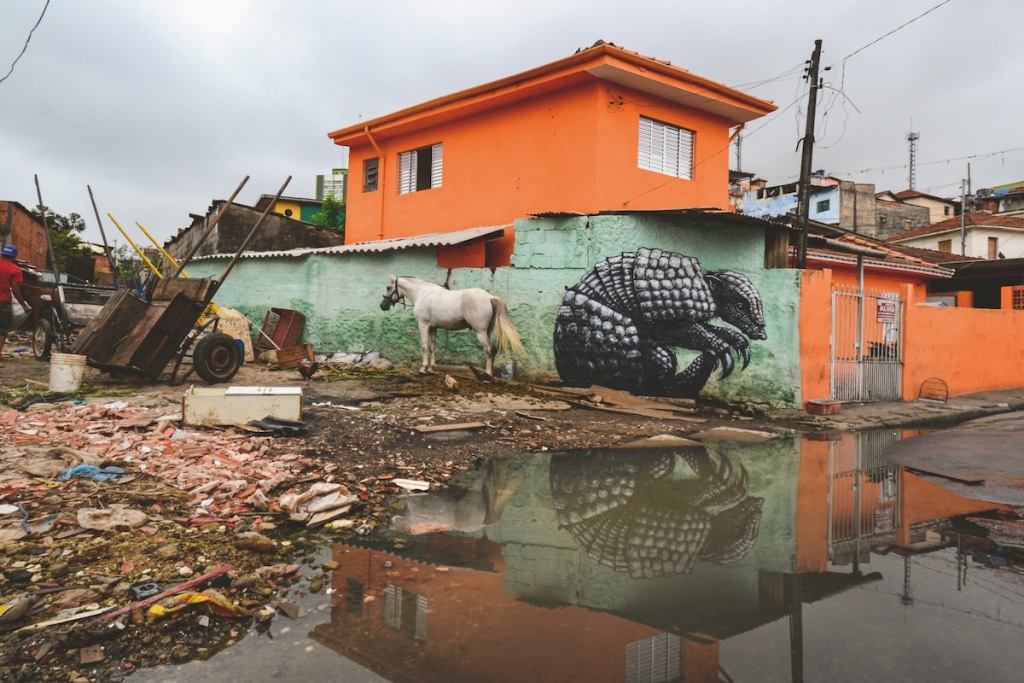
São Paulo, 2013.
And looks at how he became one of the world's most sought after street artists.
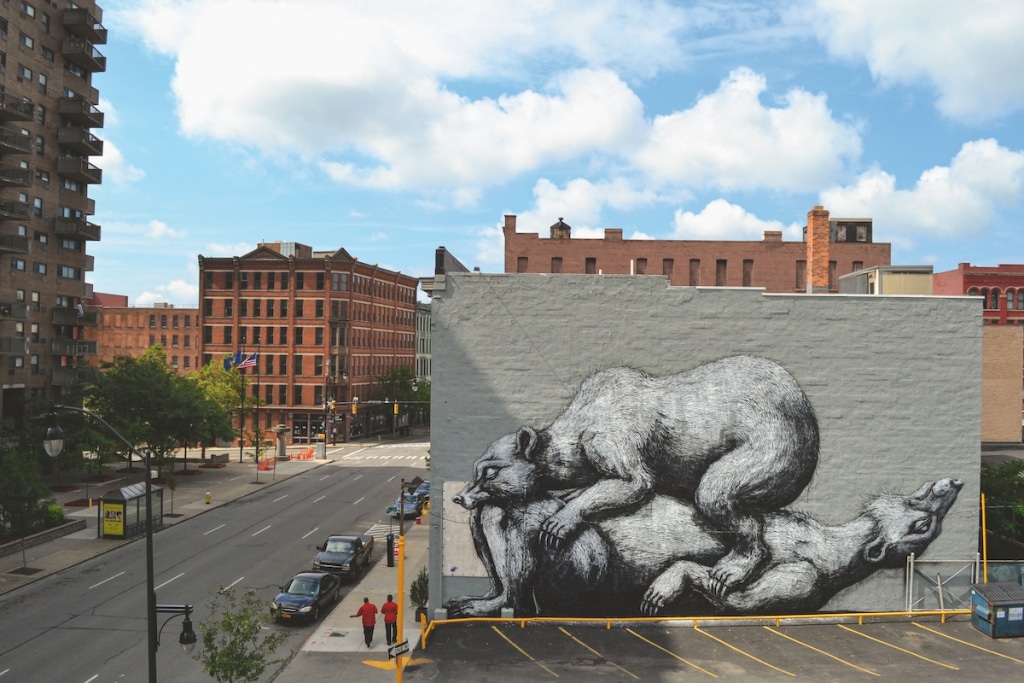
Rochester, 2012.

Bangkok, 2016.
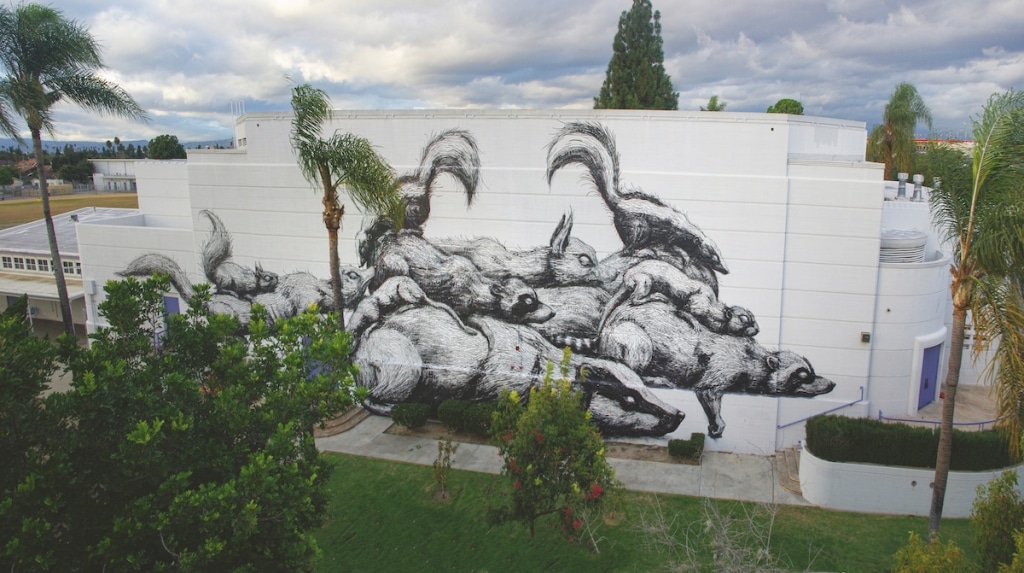
Los Angeles, 2009.
